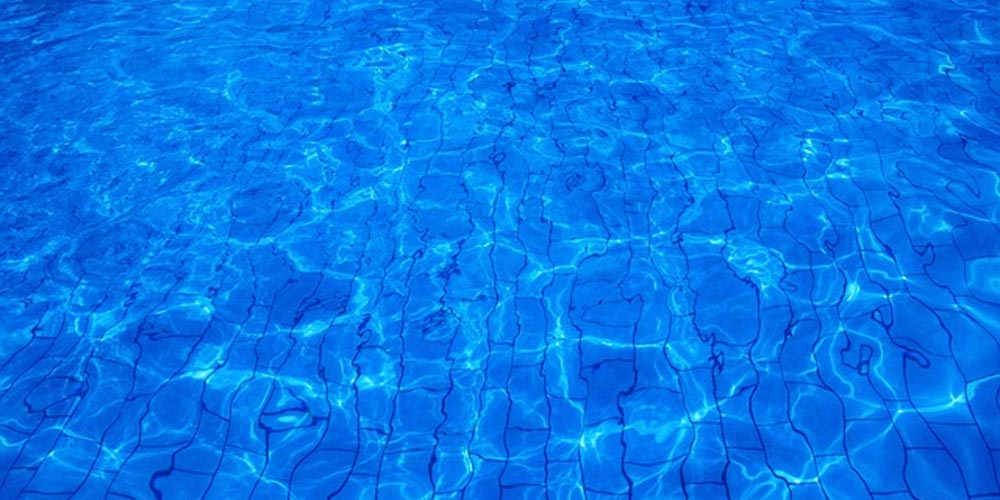D'Gestioun vun engem Schwammbecken bréngt vill Erausfuerderungen mat sech, an eng vun den Haaptsuerge fir Schwammbeckenbesëtzer, nieft Käschten, dréint sech ëm d'Erhalen vun engem richtege chemesche Gläichgewiicht. Dëst Gläichgewiicht z'erreechen an z'erhalen ass keng einfach Aufgab, awer mat reegelméissegen Tester an engem ëmfaassende Verständnis vun der Funktioun vun all Chemikalie gëtt et eng méi bewältegbar Aufgab.
Cyanursäure(CYA), dacks als eng wichteg Poolchemikalie unerkannt, déngt als fundamental Komponent, déi als "Poolstabilisator" oder "Poolkonditioner" bezeechent gëtt. CYA ass a Pulver- oder Granulatform verfügbar.
D'Noutwennegkeet vu CYA bei der Ënnerhaltung vu Schwammbecken kann net genuch betount ginn. Eng vu senge primäre Funktiounen ass et, Chlor virun de schiedlechen Auswierkunge vum Sonneliichtofbau ze schützen. UV-Strahlen kënnen de Chlor séier ofbauen, mat bis zu 90% Ofbau bannent nëmmen 2 Stonne vun der Belaaschtung. Well Chlor onentbierlech Roll bei der Hygiène vum Schwammbecken spillt, ass et wichteg, säi Schutz virun UV-Ofbau ze garantéieren, fir eng propper a sécher Schwammëmfeld ze garantéieren.
Op molekularem Niveau funktionéiert CYA andeems et schwaach Stickstoff-Chlor-Bindungen mat fräiem Chlor bildt. Dës Bindung schützt Chlor effektiv virun der Ofbauung duerch Sonneliicht a léisst et gläichzäiteg fräisetzen, fir schiedlech Bakterien a Pathogenen ze bekämpfen, déi am Poolwaasser verstoppen.
Virun der Entwécklung vum CYA am Joer 1956 war et eng konstant Chlorniveau an de Schwammbecken ze halen eng arbeitsintensiv an deier Aufgab. D'Aféierung vum CYA huet dëse Prozess awer revolutionéiert, andeems de Chlorniveau stabiliséiert an d'Frequenz vun de Chlorzousätz reduzéiert gouf, wat zu bedeitende Käschtenerspuernisser fir Schwammbeckenbesëtzer gefouert huet.
D'Bestimmung vum passenden CYA-Niveau fir Äre Pool ass entscheedend fir optimal Poolënnerhalt. Och wann d'Empfehlungen variéiere kënnen, ass et am Allgemengen ubruecht, de CYA-Niveau op oder ënner 100 Deeler pro Millioun (ppm) ze halen. Erhéicht CYA-Niveaue iwwer 100 ppm bidden eventuell keen zousätzleche UV-Schutz a kënnen d'Effizienz vum Chlor am Kampf géint Pathogenen behënneren. Dir kënnt déi aktuell Cyanurinsäurekonzentratioun duerch déi initial Cyanurinsäurekonzentratioun an -doséierung schätzen, a wann néideg Teststreifen an Instrumenter benotzen fir ze testen.
Wann d'CYA-Niveaue de recommandéierte Schwellwäert iwwerschreiden, kënne Korrekturmoossnamen wéi Verdënnung duerch Aussprëtzen, Verdampfung oder deelweis Waasserersatz néideg sinn, fir de chemesche Gläichgewiicht erëmzestellen an d'Waasserqualitéit vum Pool ze optimiséieren.
Schlussendlech kann d'Roll vun der Cyanursäure beim Ënnerhalt vu Schwammbecken net genuch betount ginn. Indem et Chlor virun der Ofbauung duerch Sonneliicht schützt an de Chlorniveau stabiliséiert, spillt CYA eng zentral Roll fir e proppert, séchert a genosslecht Schwammvergnügen fir Schwammbegeeschterten ze garantéieren. Mat engem richtege Verständnis, Iwwerwaachung a Gestioun vun de CYA-Niveauen kënnen d'Schwammbesieger effektiv de chemesche Gläichgewiicht behalen an d'Integritéit vun hirem Schwammbeckenwaasser erhalen.
Zäitpunkt vun der Verëffentlechung: 09. Mee 2024


